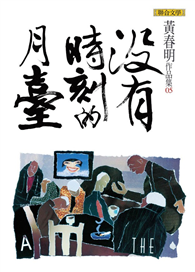Explore the intriguing ties between Pauli’s exclusion principle and Schoenberg’s dodecaphony, and the echoes of Heisenberg’s uncertainty principle in Stockhausen and Cage’s compositions. This book delves into these connections, revealing the fusion of modern physics and avant-garde music. From philosophical musings on time to the transformation of algebra into musical notation, it uncovers the intersection of mathematics, physics, and music.
With meticulous research, the author demonstrates how quantum physics and relativity shaped both fields in the 20th century. Through historical anecdotes, he unveils the musical endeavors of physicists like Planck and Einstein, connecting their theories to contemporary musical techniques. Accessible to all readers, the text offers a fresh perspective on the convergence of science and art, serving as a bridge for scientists, musicians, and the curious alike. Whether you’re new to physics or music, this book provides an illuminating journey into the interconnected realms of creativity and discovery.
"Fascinating details and anecdotes accompany this engaging account of the emergence of dramatic new ideas and forms in music over the centuries..."
David Politzer, winner of the 2004 Nobel Prize in Physics.
"A thought-provoking, stimulating, and highly original exploration of deep metaphorical links between music and physics...Highly recommended."
Prof. Ian Stewart FRS, author, What’s the Use?
"An astonishing book!"
Tristan Murail, composer and co-creator of the "spectral" technique.

 看圖書介紹
看圖書介紹









